Optimal Timing for Waterproofing Applications
Waterproofing is a critical component in protecting structures from water intrusion and damage. Proper timing ensures the effectiveness and longevity of waterproofing systems. The optimal time for applying waterproofing depends on weather conditions, temperature, and the specific project requirements.
Spring offers moderate temperatures and lower humidity, ideal for waterproofing projects. It allows sufficient curing time before the summer heat.
Summer can be suitable if temperatures are not excessively high. Proper planning avoids application during peak heat to prevent curing issues.
Fall provides cooler temperatures and less rain, making it a good window for waterproofing before winter.
Winter is generally unsuitable due to freezing temperatures and moisture. Waterproofing during cold weather can lead to poor adhesion and curing problems.
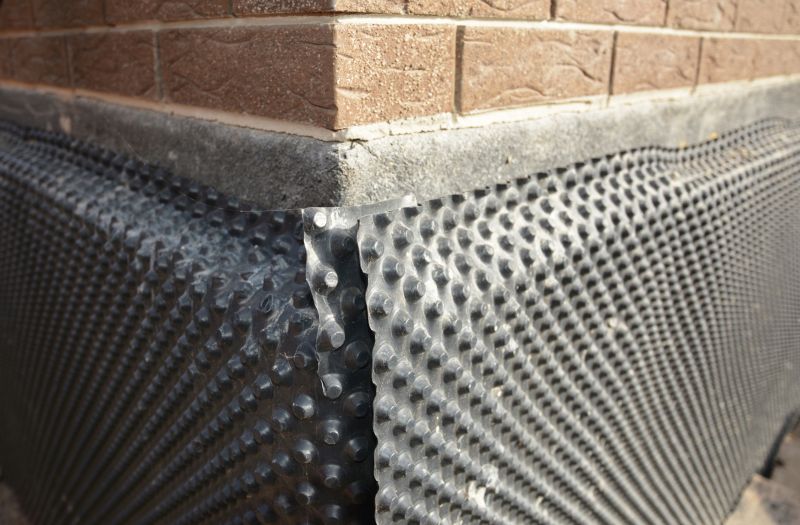
Ways to make Waterproofings work in tight or awkward layouts.

Popular materials for Waterproofings and why they hold up over time.
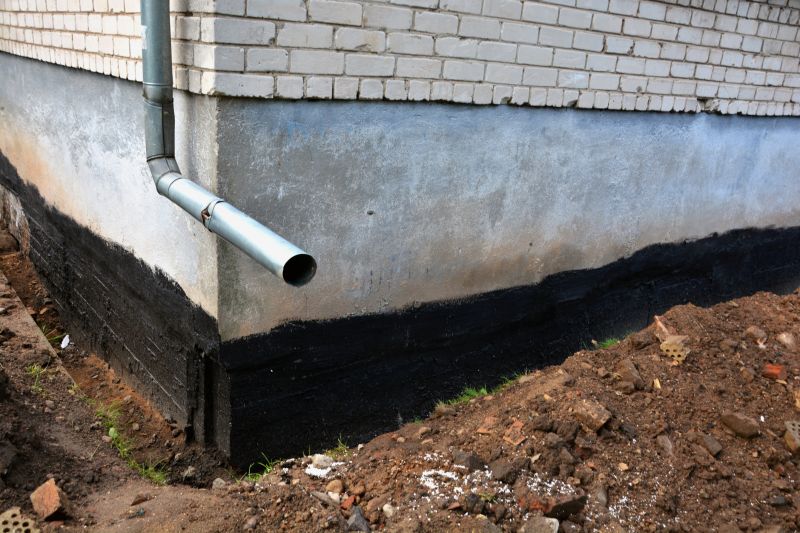
Simple add-ons that improve Waterproofings without blowing the budget.
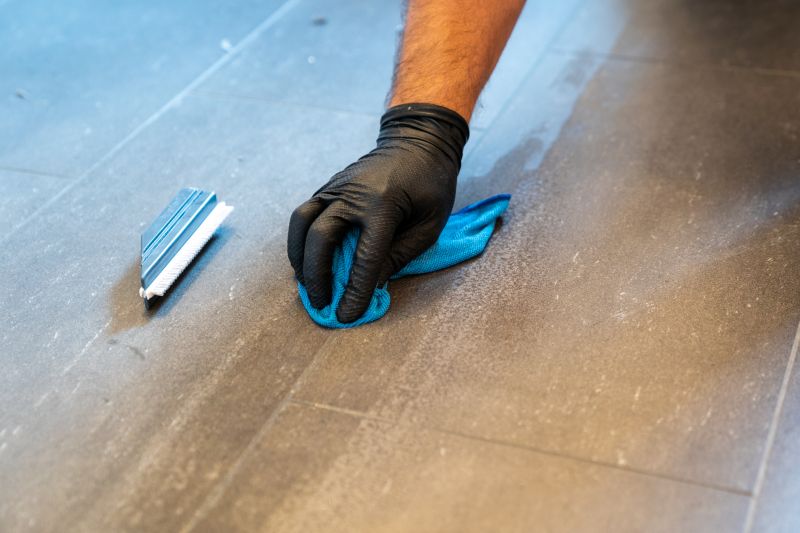
High-end options that actually feel worth it for Waterproofings.
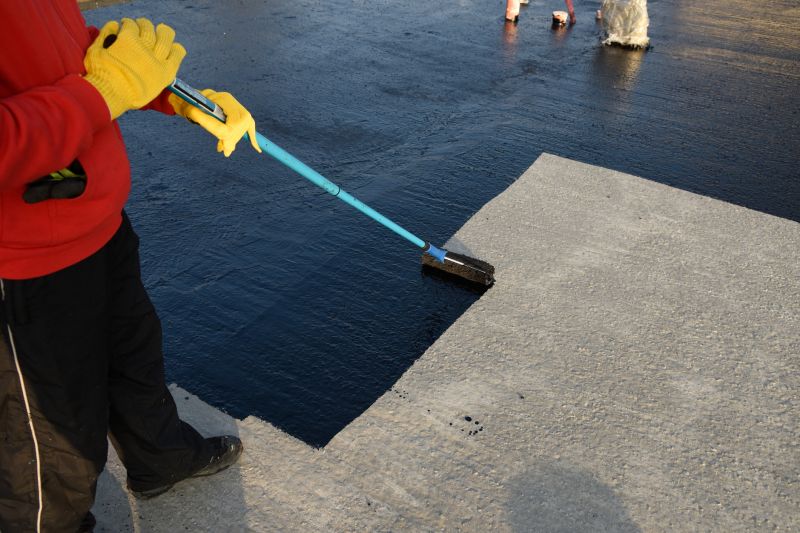
Finishes and colors that play nicely with Waterproofings.

Little measurements that prevent headaches on Waterproofings day.
Waterproofings are essential for protecting foundations, roofs, basements, and other structures from water damage. They help prevent leaks, mold growth, and structural deterioration. Proper application timing enhances the durability and performance of waterproofing materials, ensuring long-term protection.
Statistics indicate that waterproofing can extend the lifespan of structures by up to 50 percent when applied correctly and maintained regularly. The effectiveness of waterproofing systems depends heavily on environmental conditions during application, emphasizing the importance of choosing the right season.
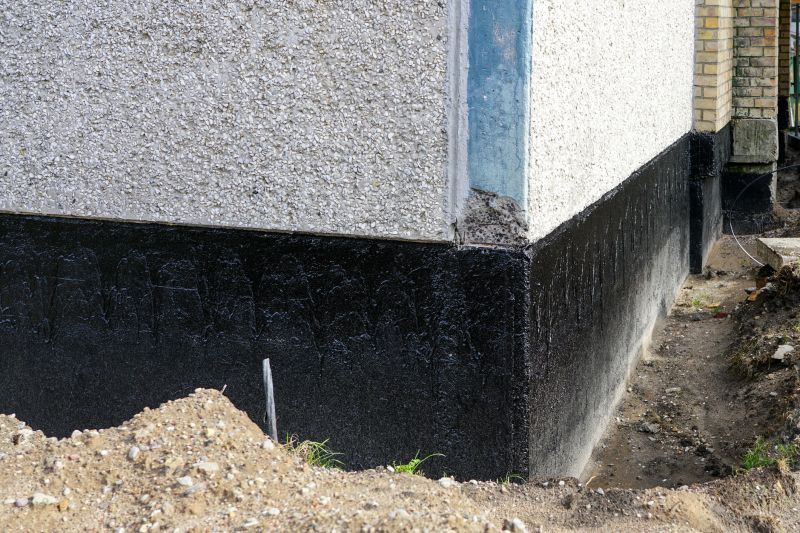
A 60-second routine that keeps Waterproofings looking new.

A frequent mistake in Waterproofings and how to dodge it.
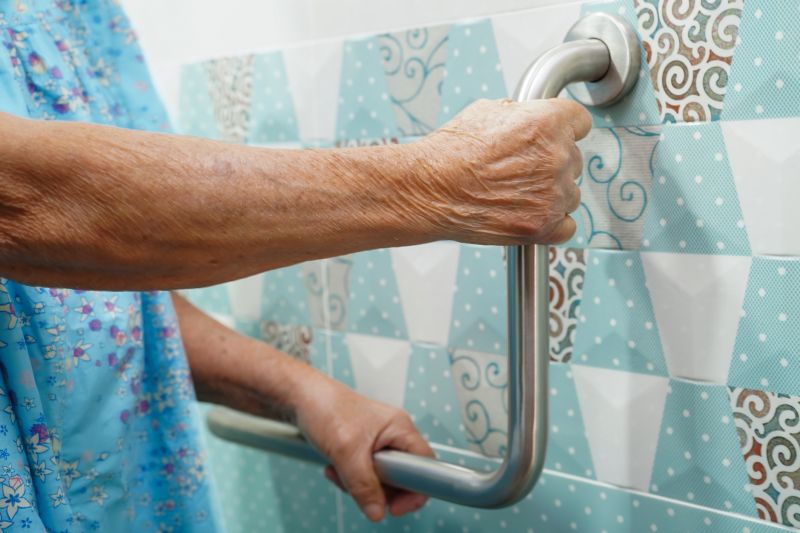
Small tweaks to make Waterproofings safer and easier to use.
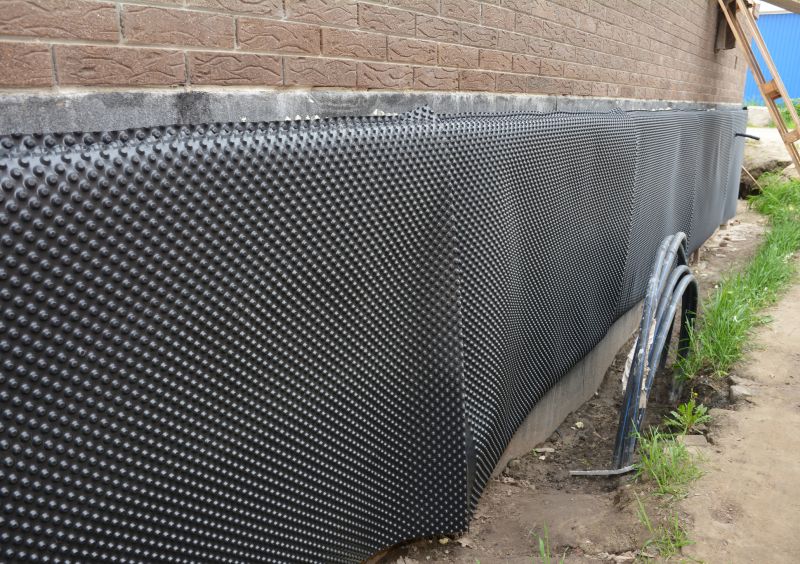
Lower-waste or water-saving choices for Waterproofings.
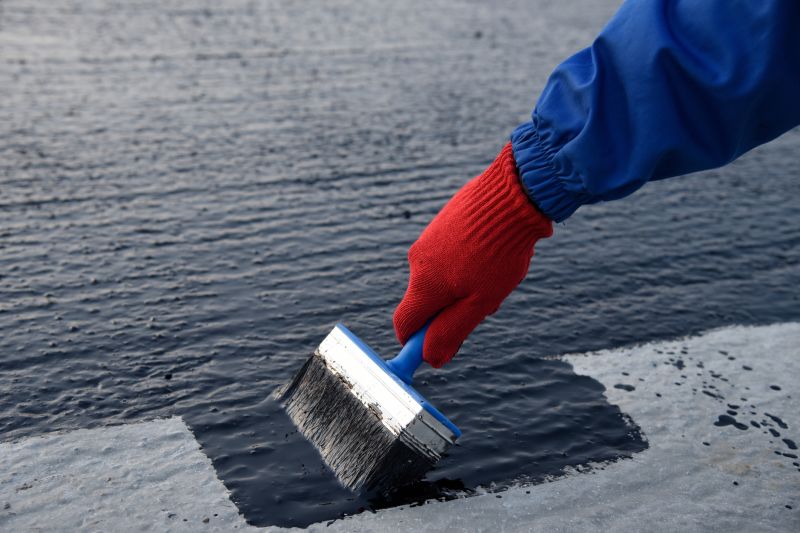
The short, realistic tool list for quality Waterproofings.
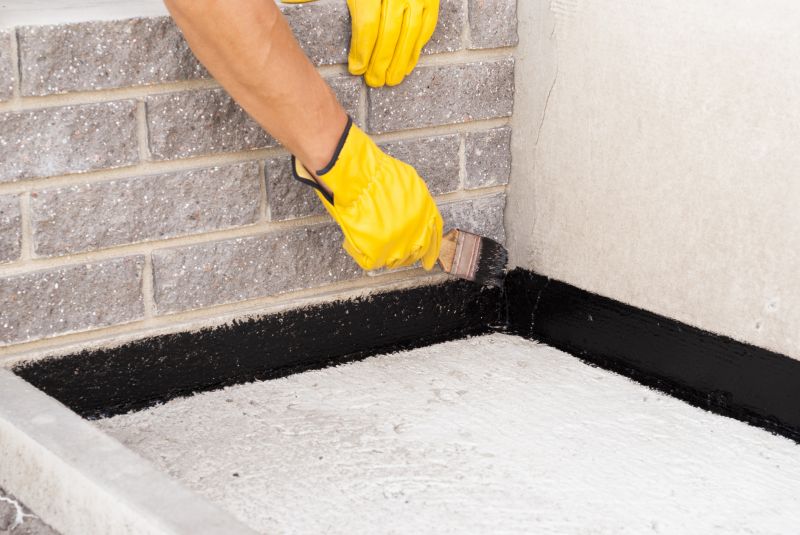
Rough timing from prep to clean-up for Waterproofings.
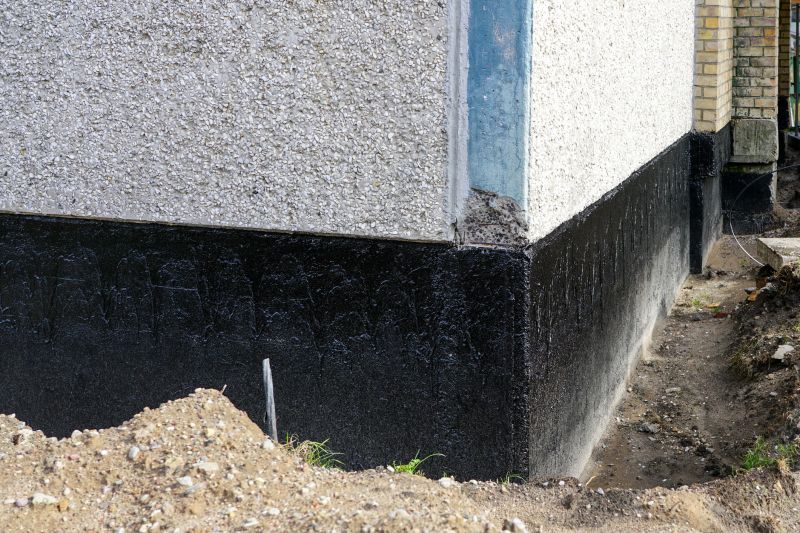
Quick checks and paperwork to keep after Waterproofings.
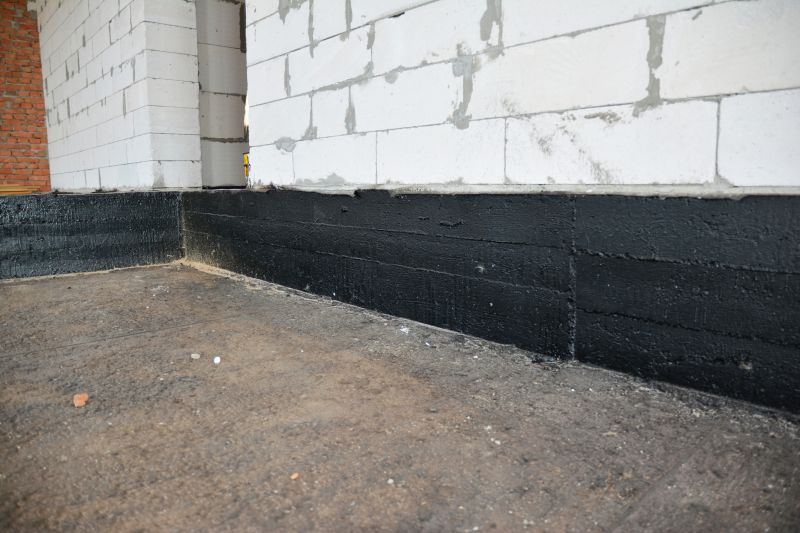
Examples that show the impact a good Waterproofings can make.

Ways to make Waterproofings work in tight or awkward layouts.

Ways to make Waterproofings work in tight or awkward layouts.

Ways to make Waterproofings work in tight or awkward layouts.
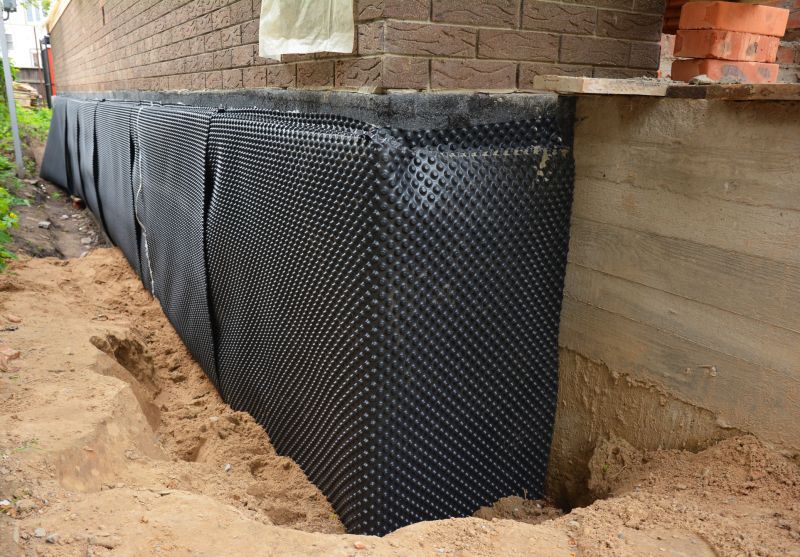
Ways to make Waterproofings work in tight or awkward layouts.
| Season | Ideal Conditions |
|---|---|
| Spring | Moderate temperatures, low humidity, suitable for most waterproofing materials. |
| Summer | Best when temperatures are moderate, avoid peak heat for optimal curing. |
| Fall | Cooler weather, less rain, ideal for preparing structures before winter. |
| Winter | Generally unsuitable due to freezing temperatures and moisture issues. |
Choosing the correct season for waterproofing projects can significantly influence their success. Proper planning and timing ensure materials cure properly and adhere effectively, providing long-lasting protection against water intrusion.
If interested in waterproofing services, filling out the contact form can provide more information tailored to specific project needs and timing considerations.


